In context: Intel has been operating in the European Union for 30 years, employing around 10,000 people across the 27 member countries. Now the silicon giant's newly-formed Foundry Services division is on a quest to conquer a larger share of the semiconductor space, and its latest move is a European manufacturing arm that will make everything from microcontrollers to the most advanced chips for phones, computers, servers, and network infrastructure.
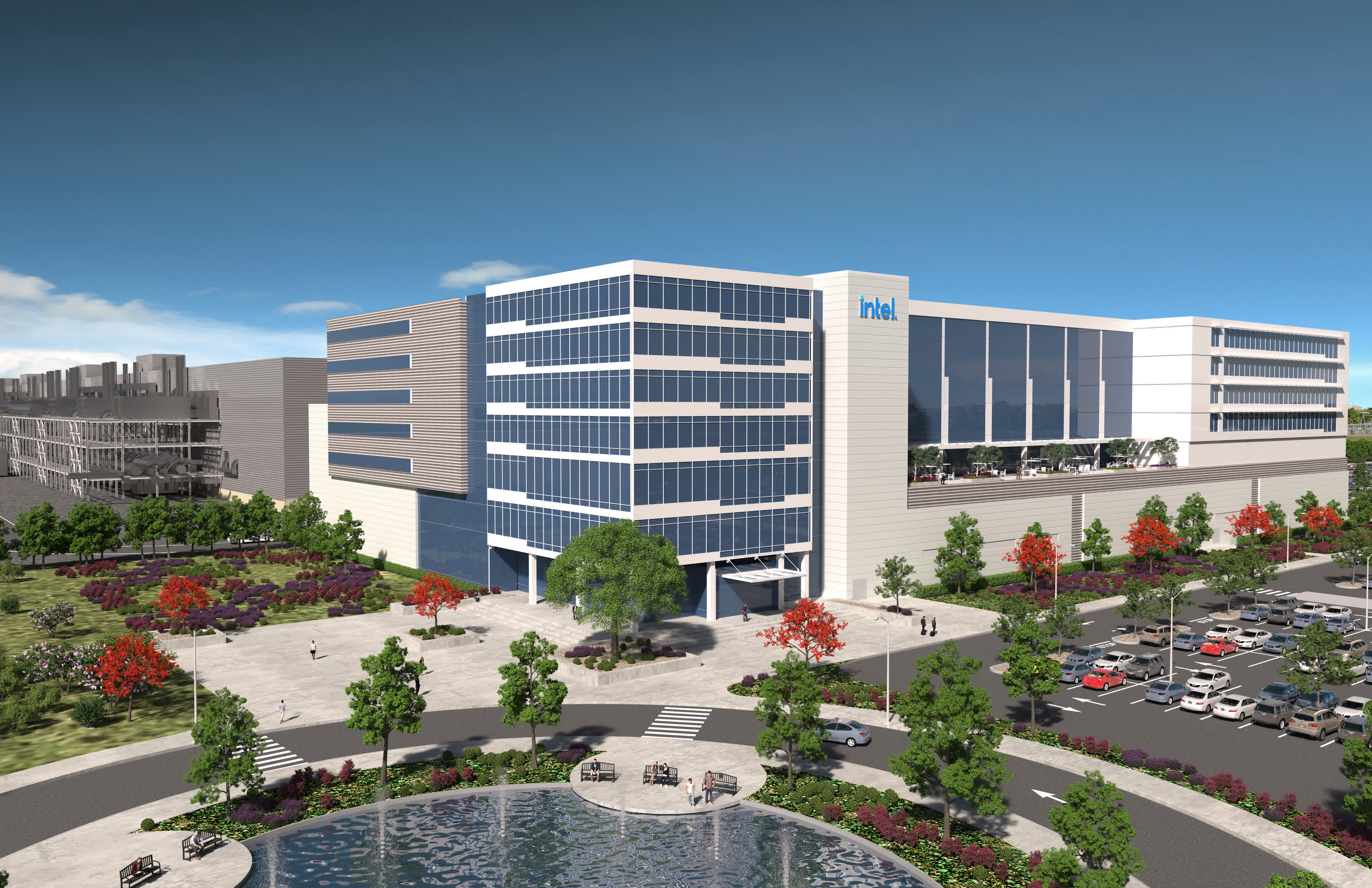
Intel revealed an ambitious plan last year to create a new European chip manufacturing arm as part of its IDM 2.0 strategy. At the time, the company said it would invest up to €80 billion ($87.5 billion) over the next several years to build at least two factories in the region, but their exact location remained a mystery.
Today, the company announced "Silicon Junction" --- the first phase of an aggressive multi-year plan to expand and diversify its manufacturing capabilities. The plan starts with a new leading-edge fab mega-site in Magdeburg, Germany, which is another way of saying that Intel will build a campus the size of a small city. The project will drain no less than €17 billion ($18.6 billion) from the investment fund, and mirrors many of the aspects of another Intel facility that will be built in Columbus, Ohio.
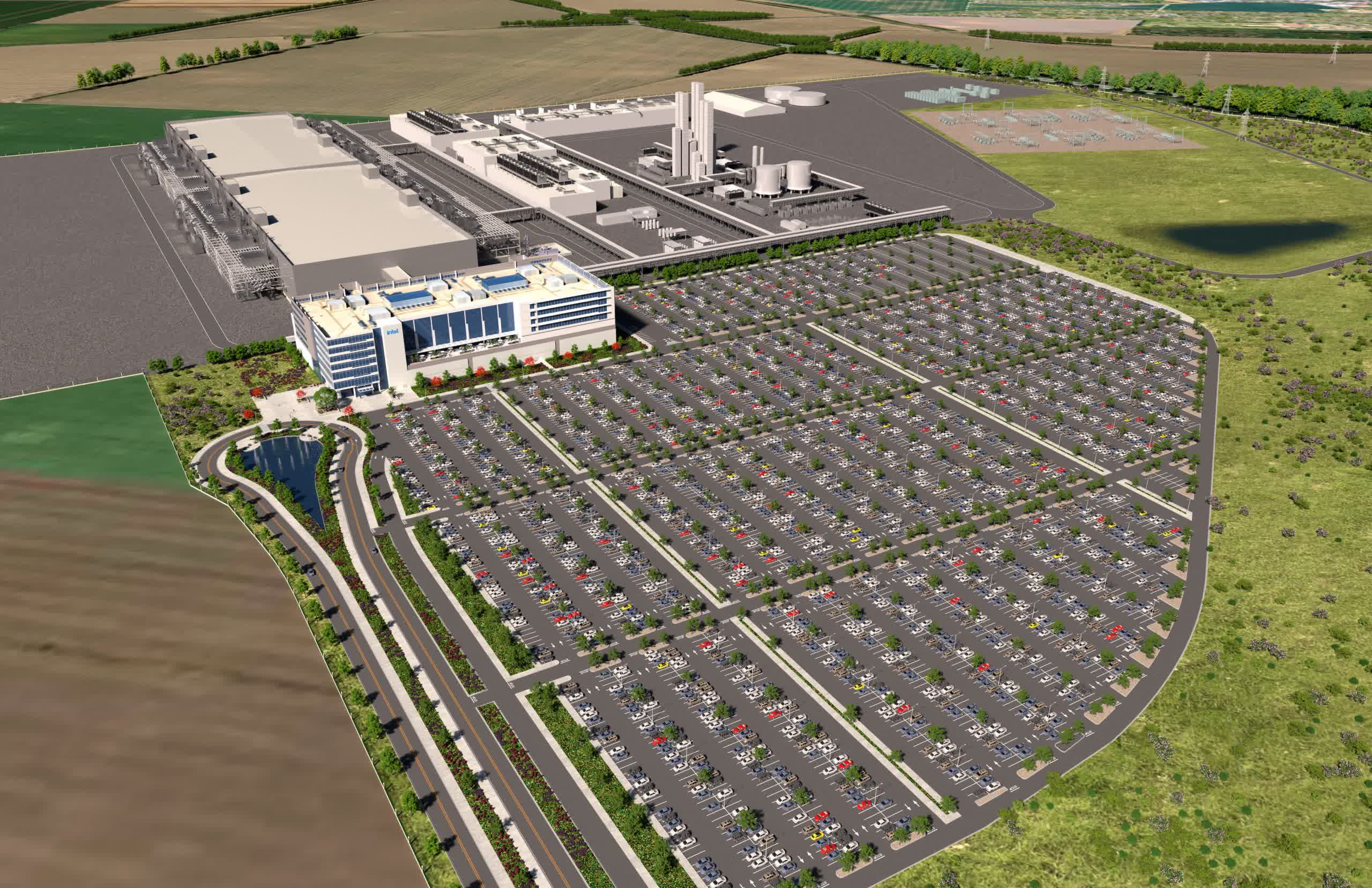
Rendering of Intel's planned Magdeburg campus
The German hub will be host to about 3,000 permanent employees and 7,000 temporary workers for the construction effort. But more importantly, it will play an important role in the European Union's plan to reduce its reliance on chip imports. The EU set an ambitious goal to achieve a 20 percent market share in semiconductor manufacturing volume by 2030, and to that end companies like Intel will be able to tap into a massive €145 billion pool of subsidies ($158.7 billion) from the bloc's Recovery and Resilience Fund.
Intel expects to break ground at the Magdeburg site sometime in the first half of 2023, with mass production planned to start in 2027. Interestingly, the company wants to equip the two Magdeburg factories with advanced manufacturing tools capable of producing chips on a sub-3nm process node like Intel 20A and Intel 18A. These advanced chips will be the first to integrate Intel's RibbonFET technology, a new breed of transistors designed for "Angstrom-era" products.
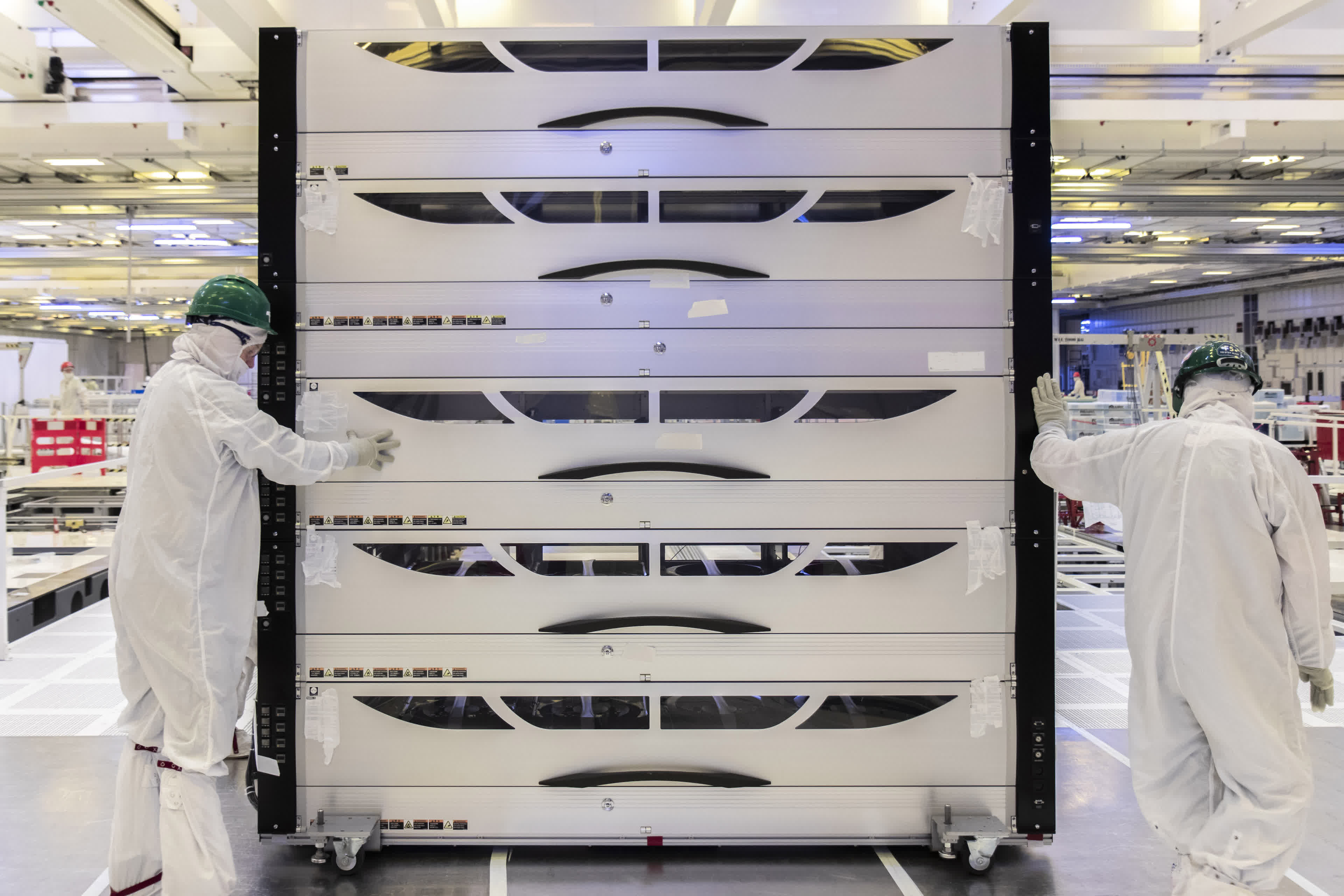
Two workers moving lithography equipment at Intel's Fab 34 in Ireland
Team Blue's ambitions in Europe don't stop there. Intel will spend an additional €12 billion ($13.1 billion) to expand its Leixlip, Ireland campus with an additional manufacturing facility, bringing the total investment in the region to the tune of €31 billion ($33.9 billion) and the number of permanent employees to 6,500.
Beyond expanding the site's capacity, Intel plans to equip the new fab for manufacturing chips on an Intel 4 process node, which would be a boon for the EU's "strategic autonomy" dream. The EU has several big projects around RISC-V processors and hyperscale cloud systems that could greatly benefit from a well-developed local supply chain of advanced semiconductors.
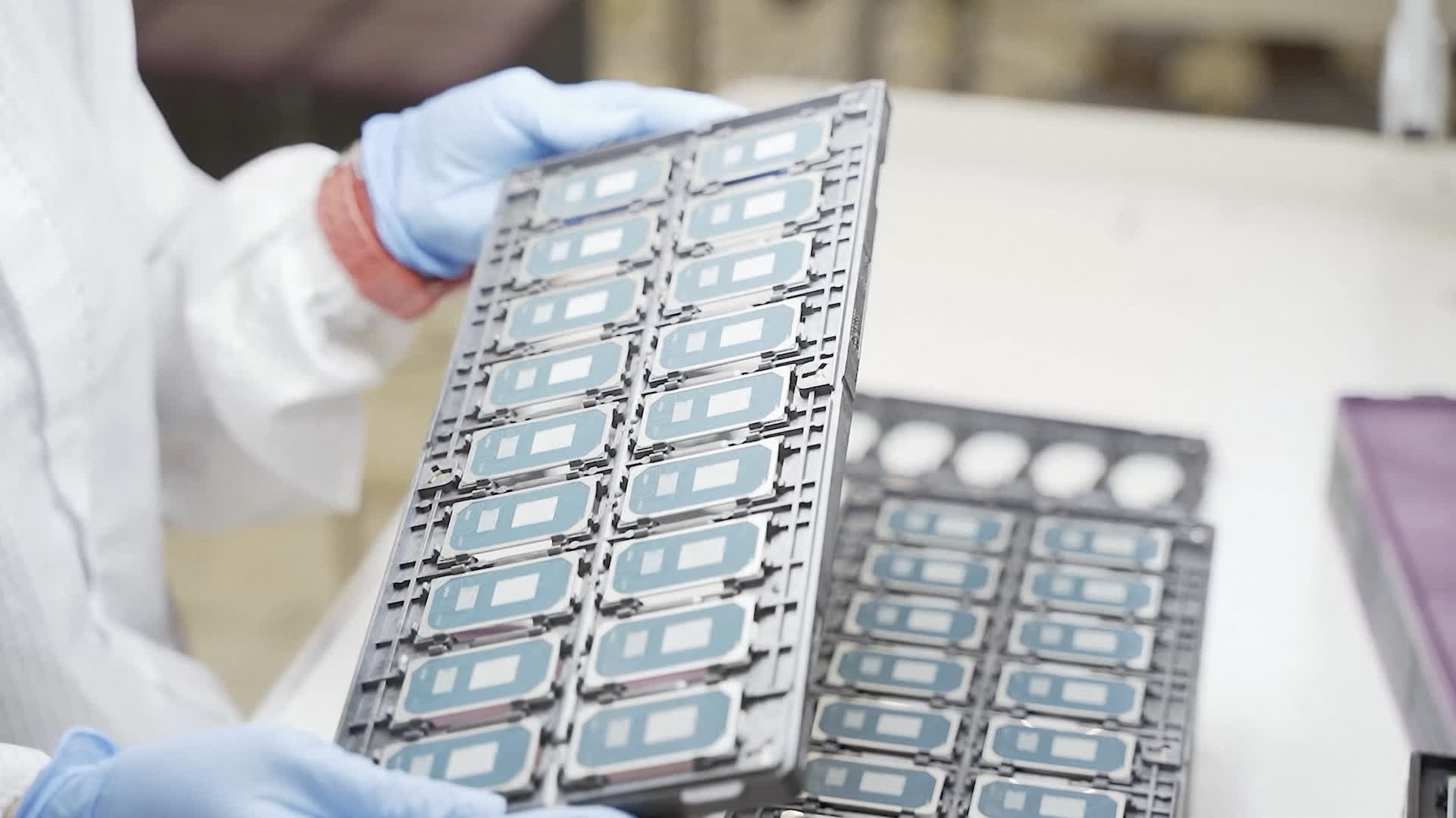
Italy will also see a €4.5 billion ($4.9 billion) investment from Intel in the form of a manufacturing facility that could start operations as soon as 2025 and create roughly 1,500 permanent jobs.
Following the $5.4 billion acquisition of Israeli specialty chipmaker Tower Semiconductor, Intel wants to use the latter's partnership with the local branch of STMicroelectronics to build more manufacturing capacity for mature process nodes. This would have positive implications for automakers and industries that are dependent on less advanced chips.
Furthermore, Intel plans to spend billions over the next several years to expand its research and development centers in France, Poland, and Spain, which focus on foundry technologies, high-performance computing, neural networks, graphics, audio tech, and more. This effort will create over 1,000 additional jobs in these countries.
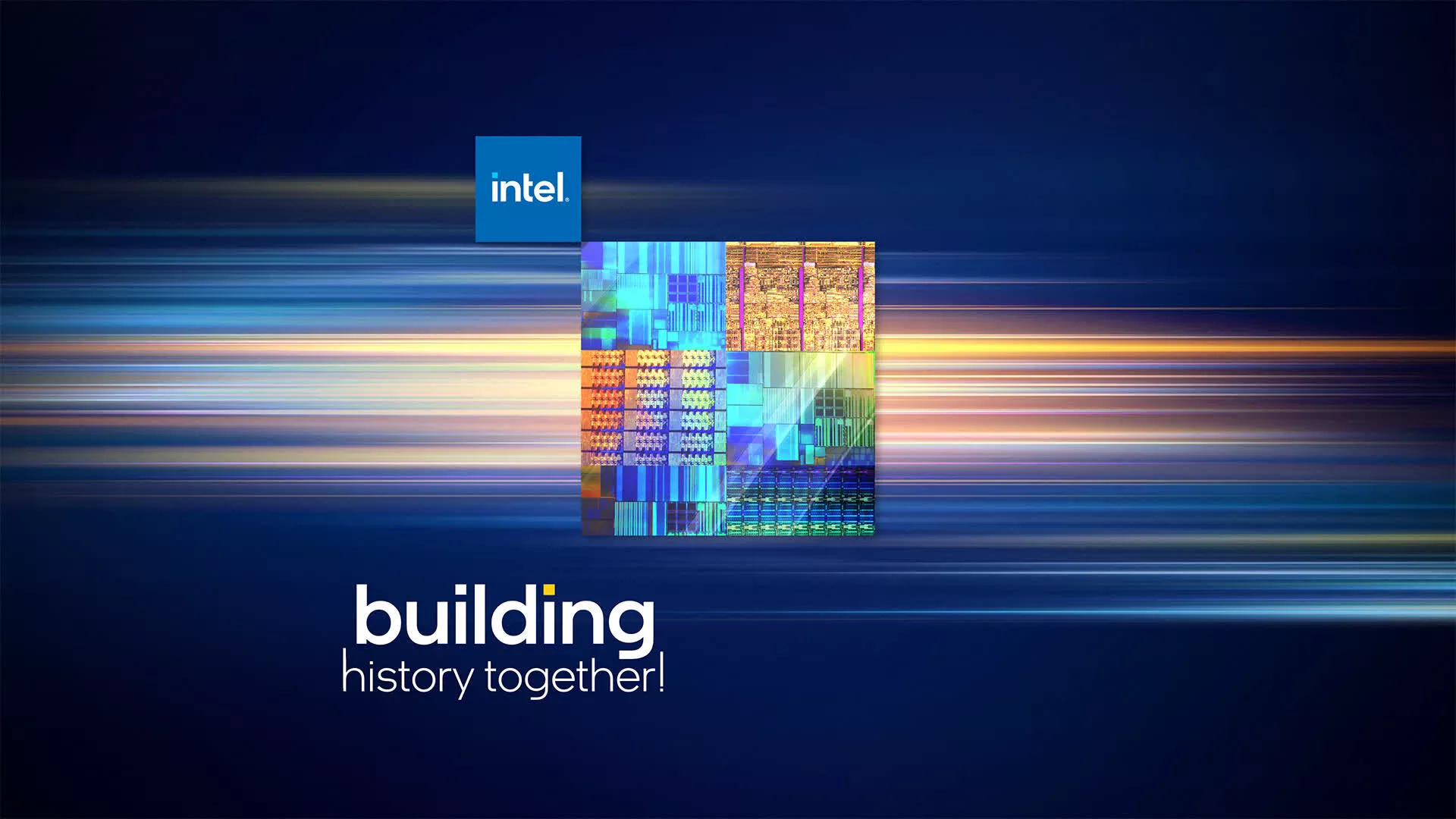
Intel CEO Pat Gelsinger believes these investments will go a long way towards building a more resilient supply chain for semiconductors. It's not meant to solve the ongoing chip shortage, but with additional investments from companies like TSMC, Samsung, as well as smaller chipmakers, the semiconductor industry as a whole will be better protected from trade wars, factory shutdowns, and demand surges.